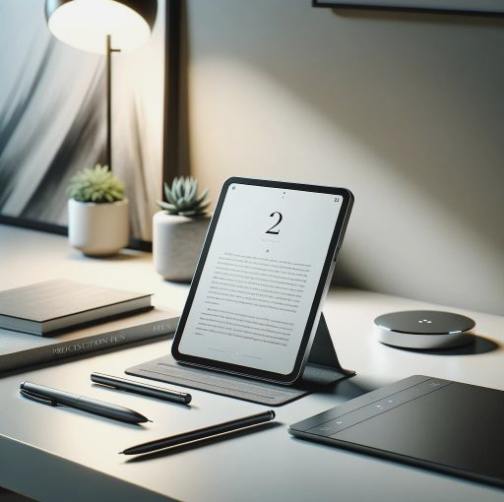Green roofs have emerged as a promising solution for enhancing sustainability in urban environments. These innovative systems not only provide numerous environmental benefits but also contribute to the overall well-being of both buildings and their surrounding ecosystems. From promoting biodiversity and managing stormwater to improving air quality and offering economic advantages, green roofs represent a practical and effective approach towards creating more sustainable and resilient structures in our cities.

Biodiversity Benefits: Enhancing Urban Ecosystems with Green Roofs
Green roofs play a crucial role in enhancing urban ecosystems by providing habitats for a variety of plant and animal species. By incorporating green roofs into buildings, cities can mitigate the loss of natural habitats and support biodiversity in urban areas. These green spaces serve as refuge for insects, birds, and other wildlife, creating mini ecosystems that contribute to the overall health and resilience of urban environments. Additionally, green roofs help to promote pollination and seed dispersal, further bolstering biodiversity in cities. Overall, incorporating green roofs into sustainable buildings is a key strategy in enhancing urban ecosystems and supporting the diverse range of species that call cities home.
Stormwater Management Solutions: Green Roofs and Sustainable Drainage Systems
By absorbing rainwater and reducing runoff, green roofs help alleviate pressure on urban drainage systems and reduce the risk of flooding. This sustainable drainage solution not only benefits the immediate building and surrounding areas but also contributes to the overall health of the urban ecosystem. With green roofs acting as natural sponges, they offer a cost-effective and environmentally friendly way to manage stormwater and promote water conservation in urban environments.
Improving Air Quality: Green Roofs as Natural Filters
Green roofs play a crucial role in improving air quality by acting as natural filters. By absorbing pollutants and particulate matter from the air, green roofs help to reduce the concentration of harmful gases and improve the overall air quality in urban areas. This not only benefits the environment but also contributes to the health and well-being of city residents. Additionally, the presence of green roofs can help to mitigate the urban heat island effect, providing a cooler and cleaner environment for everyone. Overall, green roofs are a valuable asset in promoting cleaner air and creating healthier communities.
Economic Viability of Green Roofs: Cost-Benefit Analysis for Sustainable Buildings
Green roofs are becoming increasingly popular in sustainable building design due to their numerous environmental benefits. One key factor in determining the feasibility of implementing green roofs in sustainable buildings is conducting a cost-benefit analysis. This analysis involves weighing the initial costs of installing a green roof against the long-term benefits it can provide.
The initial cost of installing a green roof can be higher than a traditional roof due to the additional materials and labor required. However, the long-term benefits of green roofs can outweigh these initial costs. For example, green roofs can extend the lifespan of a roof by protecting it from wear and tear caused by UV radiation, temperature fluctuations, and harsh weather conditions. This can result in reduced maintenance and repair costs over time.
Green roofs also provide insulation, which can reduce heating and cooling costs for the building. By absorbing and retaining rainwater, green roofs can also help reduce the strain on stormwater drainage systems, potentially lowering costs related to managing runoff. Additionally, green roofs can improve air quality, which can lead to a healthier indoor environment and potentially lower healthcare costs for building occupants.
In terms of economic viability, green roofs can increase the property value of a building and attract tenants or buyers who value sustainability. They can also help buildings achieve green building certifications, which can lead to financial incentives or tax breaks. Overall, while the initial costs of implementing green roofs may be higher, the long-term benefits and cost savings make them a financially viable option for sustainable buildings.

